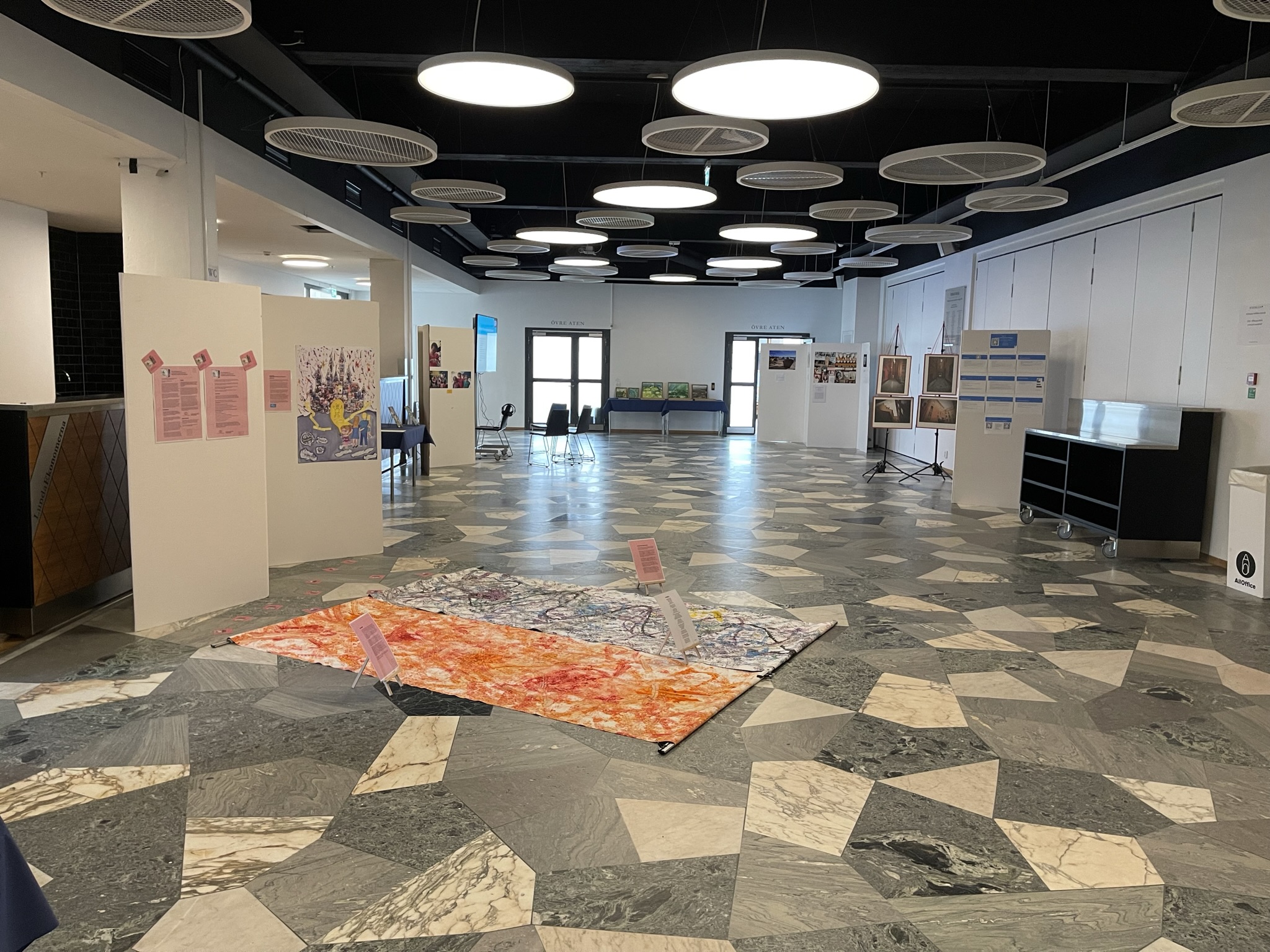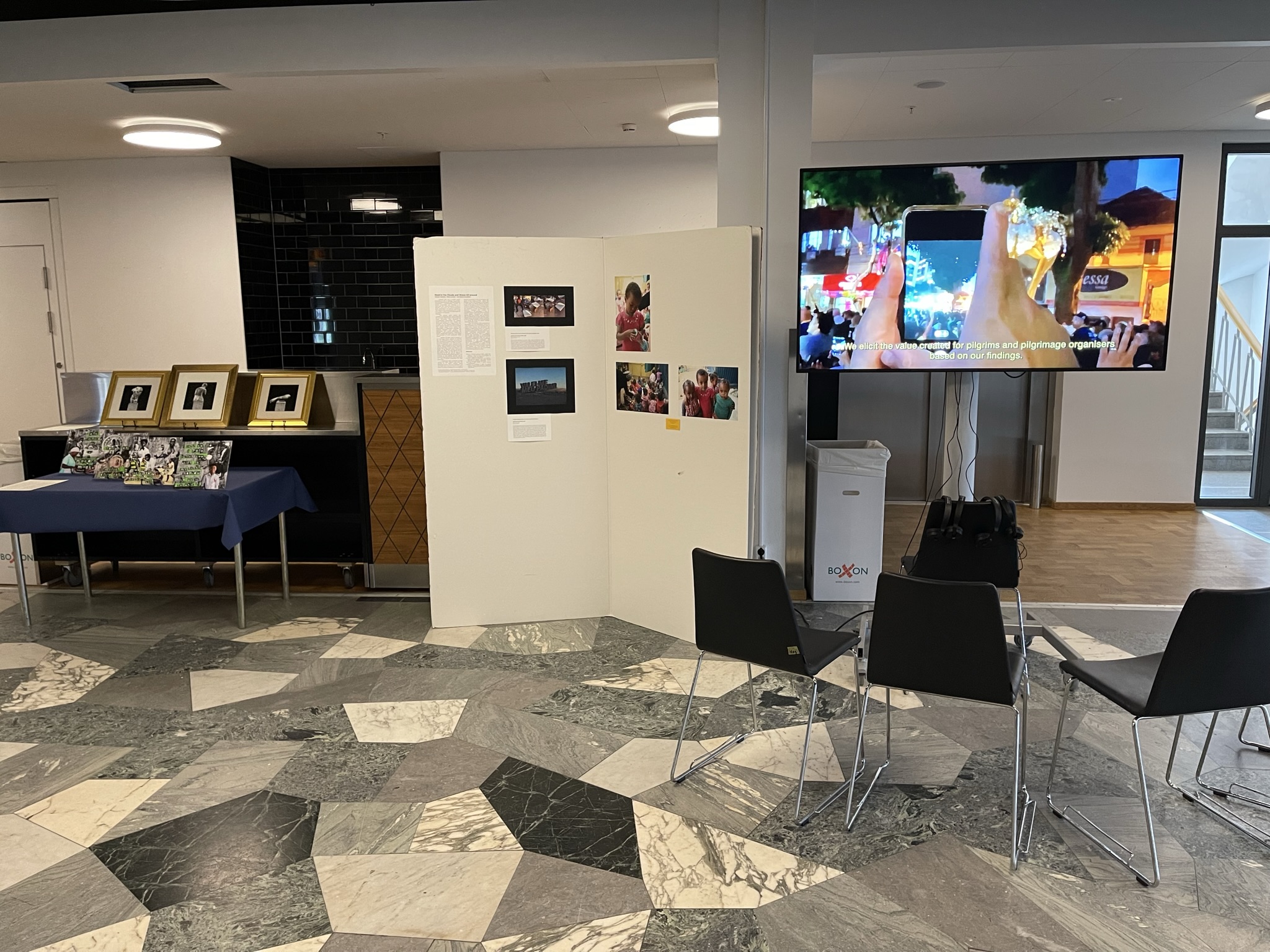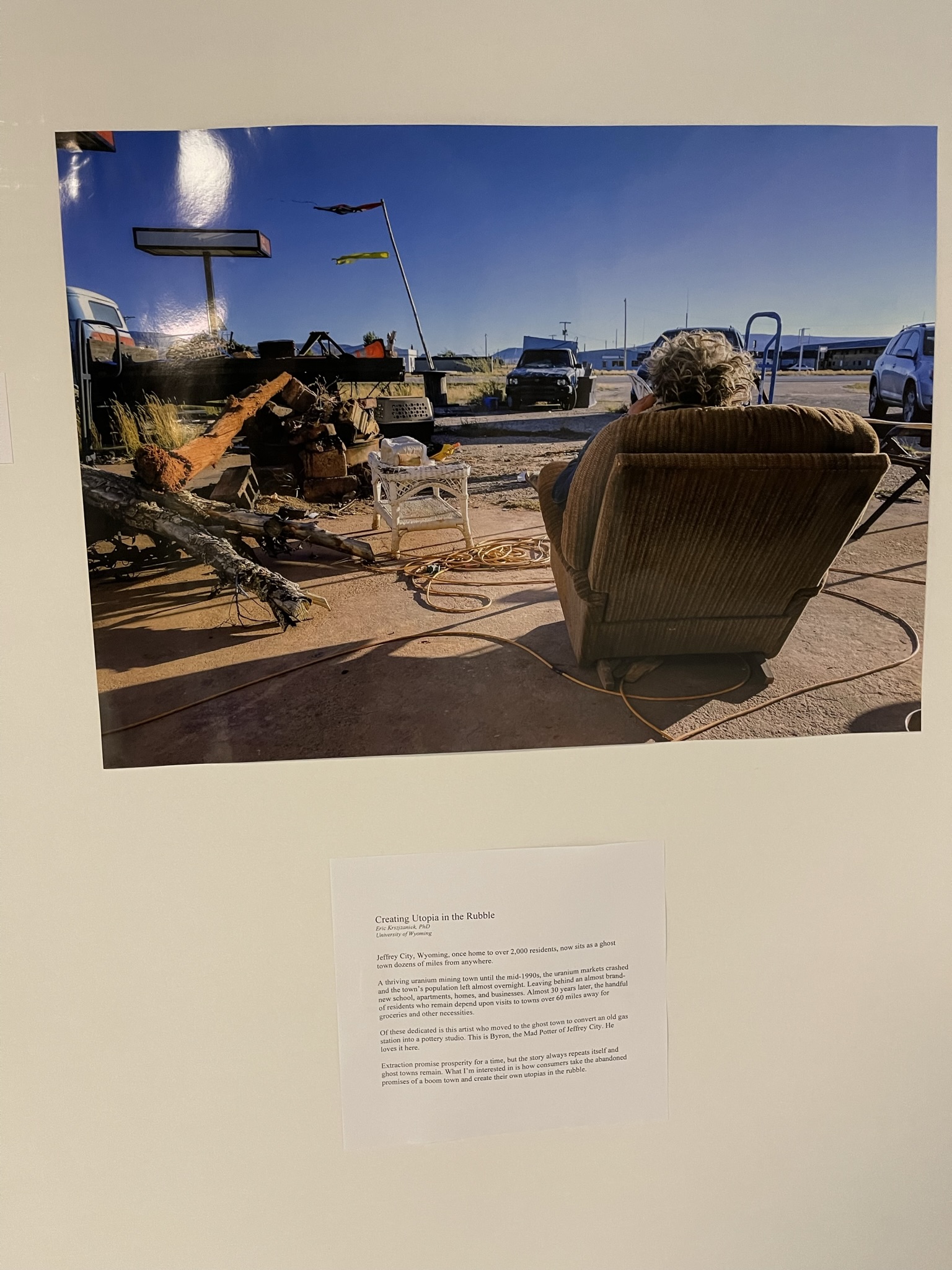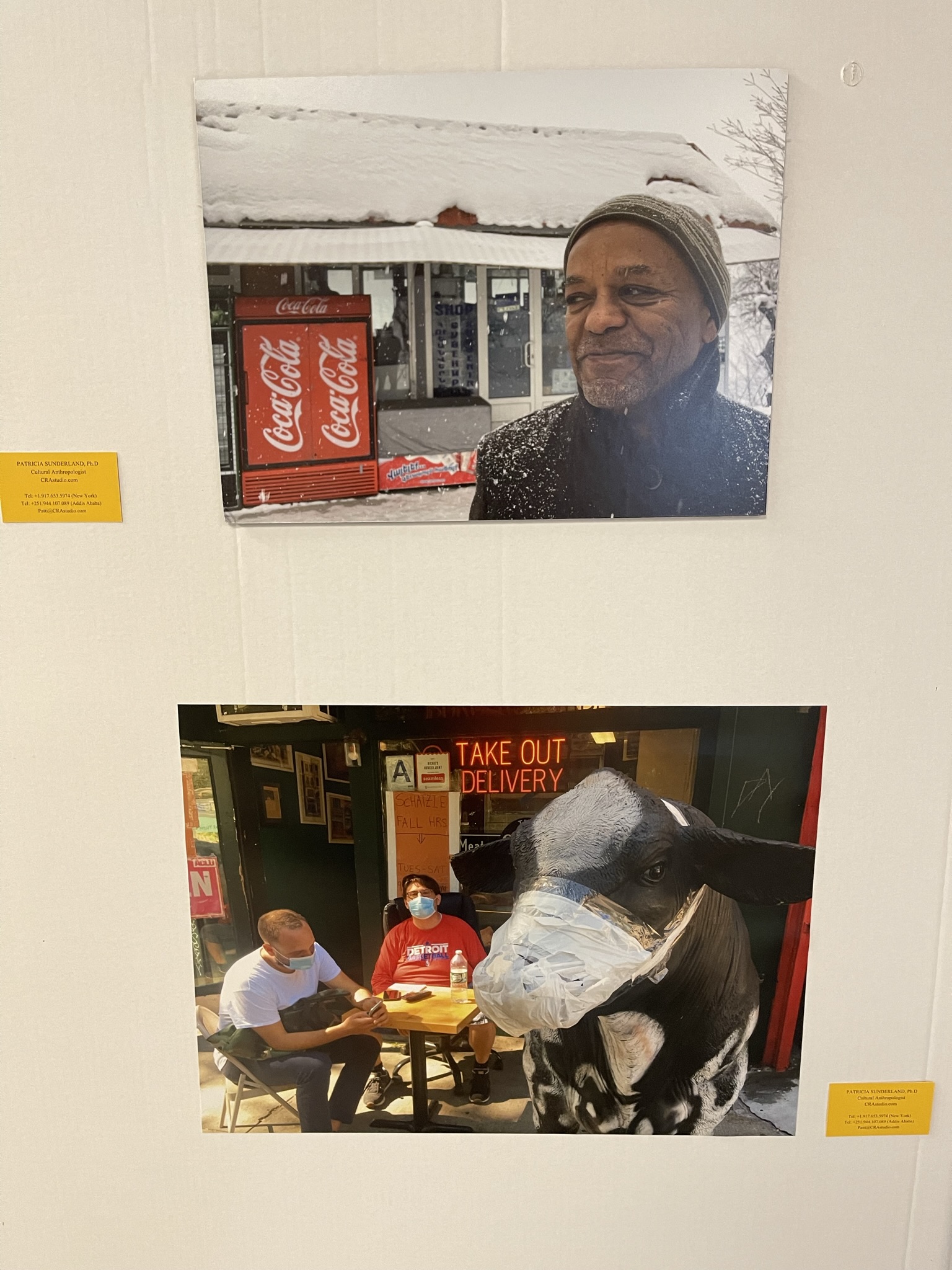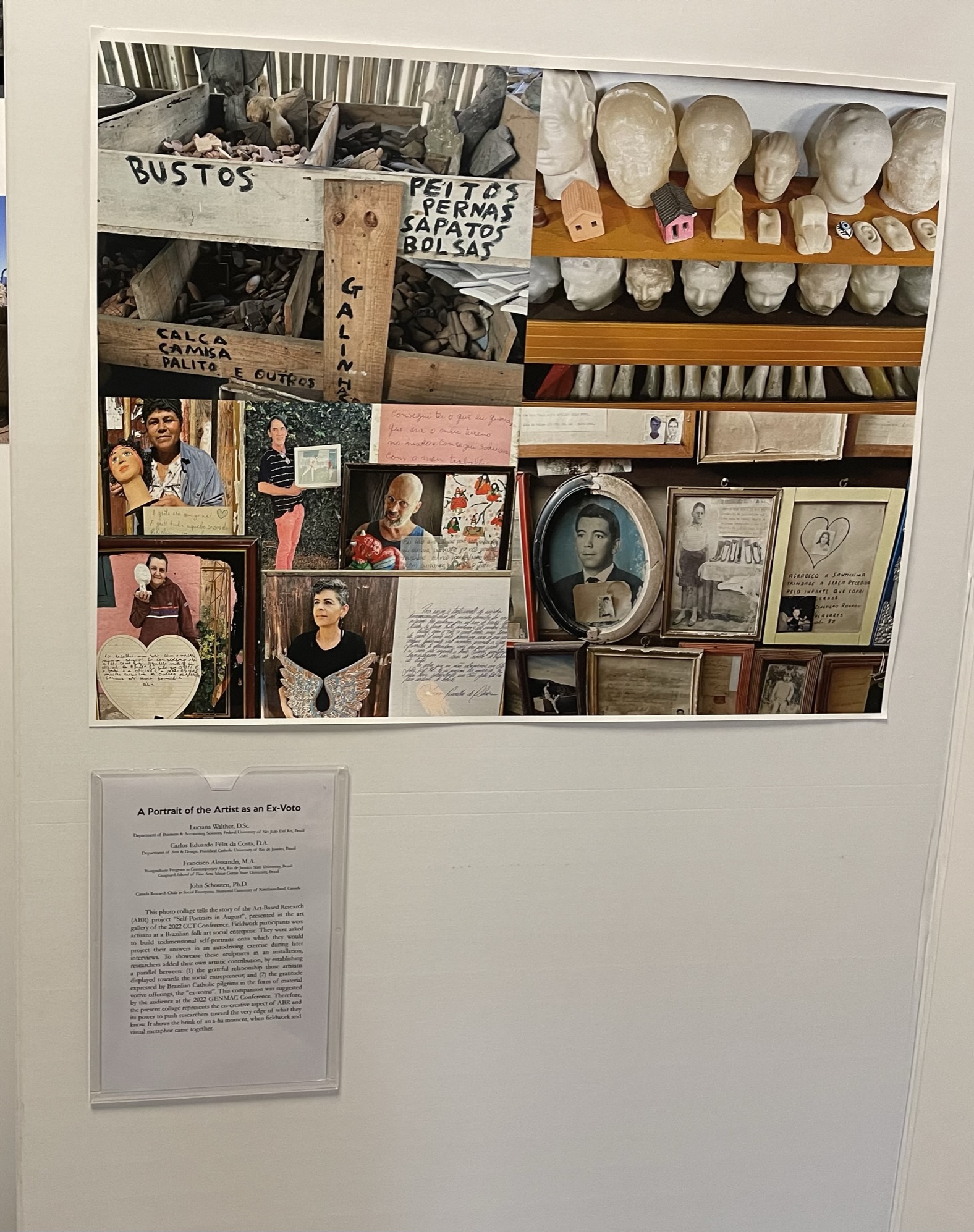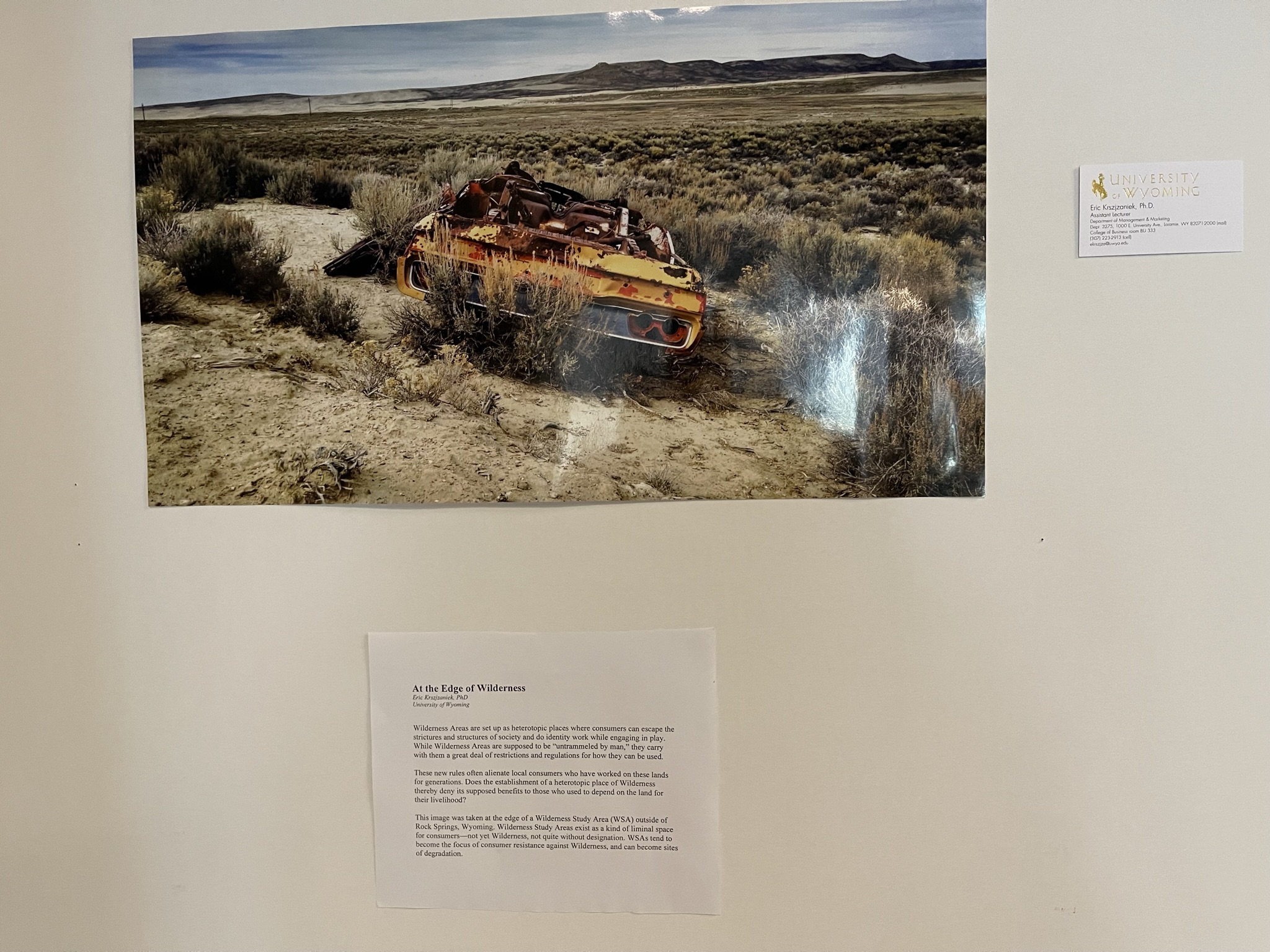O congresso Consumer Culture Theory começou em 2006, na University of Notre Dame, organizado por Russ Belk e John Sherry. Desde então, ele tem acontecido anualmente, com a sede alternando entre Américas e Europa. Em 2014, o congresso aconteceu em Helsinki, sob a liderança de John Schouten e Diane Martin. Foi minha primeira vez no congresso CCT. Foi também a primeira vez que o congresso solicitou submissões em formato de arte. Gerenciando o “Arts Track” naquele ano e nos seguintes, estava Usva Seregina, cuja influência foi determinante para a criação e manutenção da galeria de arte do congresso, tenho certeza. Por esses motivos, 2014 também foi o ano em que me lembrei de uma antiga e, até então adormecida, vocação. Ser artista.
Em 2015, não fui ao congresso CCT, pois decidi ir ao ACR em New Orleans, para mostrar meu filme “Dialectical Dildo”. Mas, desde 2016, não parei mais de participar do congresso CCT, submetendo, além de artigos no formato tradicional, sempre um trabalho artístico (ou mais). Tenho tido coautores maravilhosos nesses projetos: Xico Alessandri, Cadu, Kaike, John Schouten. E, mais recentemente, meu querido colega de UFSJ Pablo Martins e nossa brilhante editora de vídeo Daniela Santana.
Este ano, fui convidada para ser a líder do tema, que agora se chama Arts & Photography Track, em parceria com Ekant Veer e Shona Bettany. Além de recebermos submissões em formato artístico, que inclui pinturas, desenhos, esculturas, instalações, performances, videografias e outros, também encorajamos as submissões fotográficas, inclusive com dois prêmios: o do júri e o do voto popular. Tenho orgulho de dizer que CCT Lund foi a edição do congresso que recebeu o maior número de submissões para o tema arte, desde sua criação. A Galeria de Arte e Fotografia contou com 17 trabalhos que estimulam o pensamento crítico quanto aos fenômenos culturais do consumo.
Short abstracts in English can be found after the photos below.
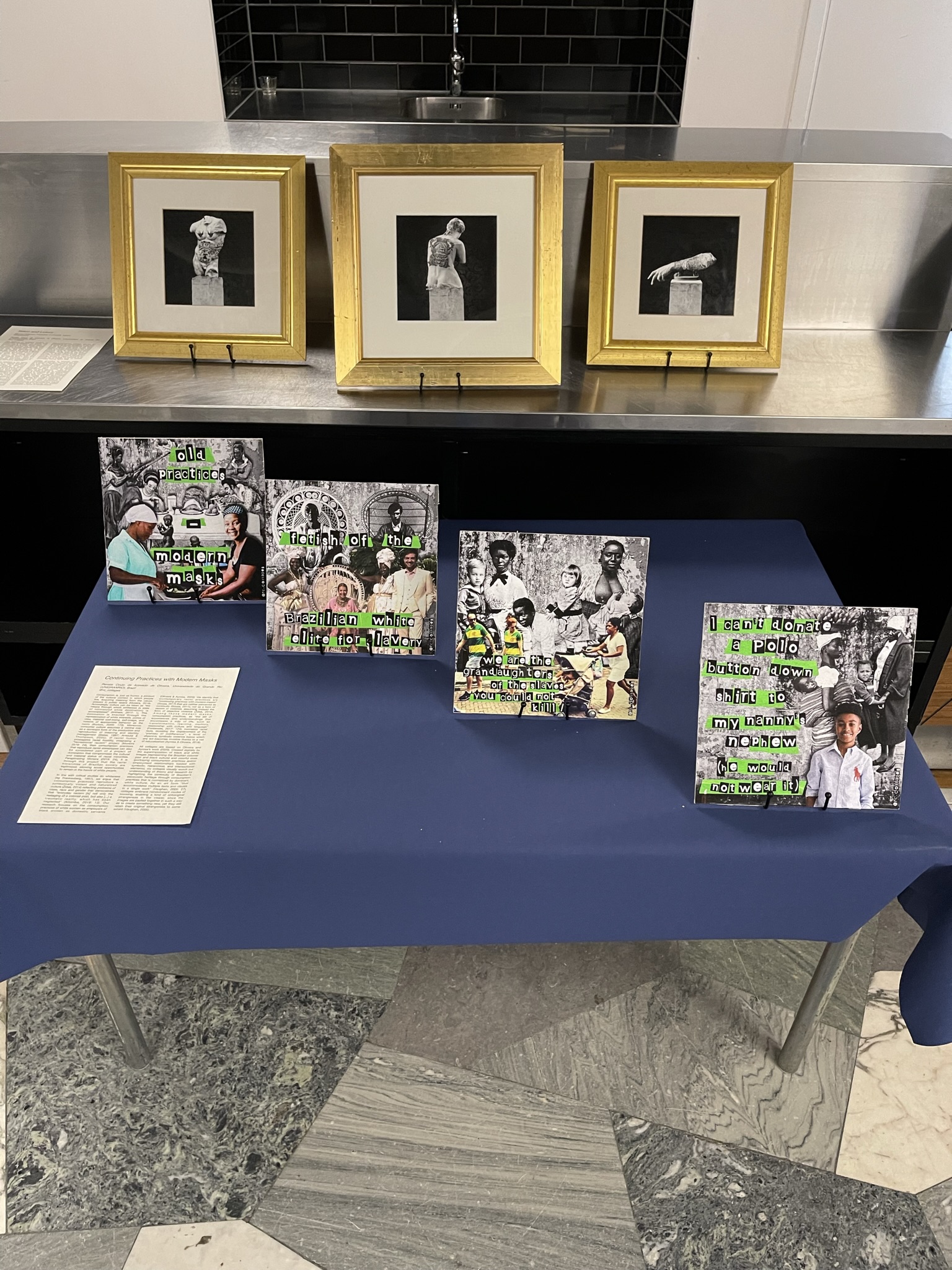
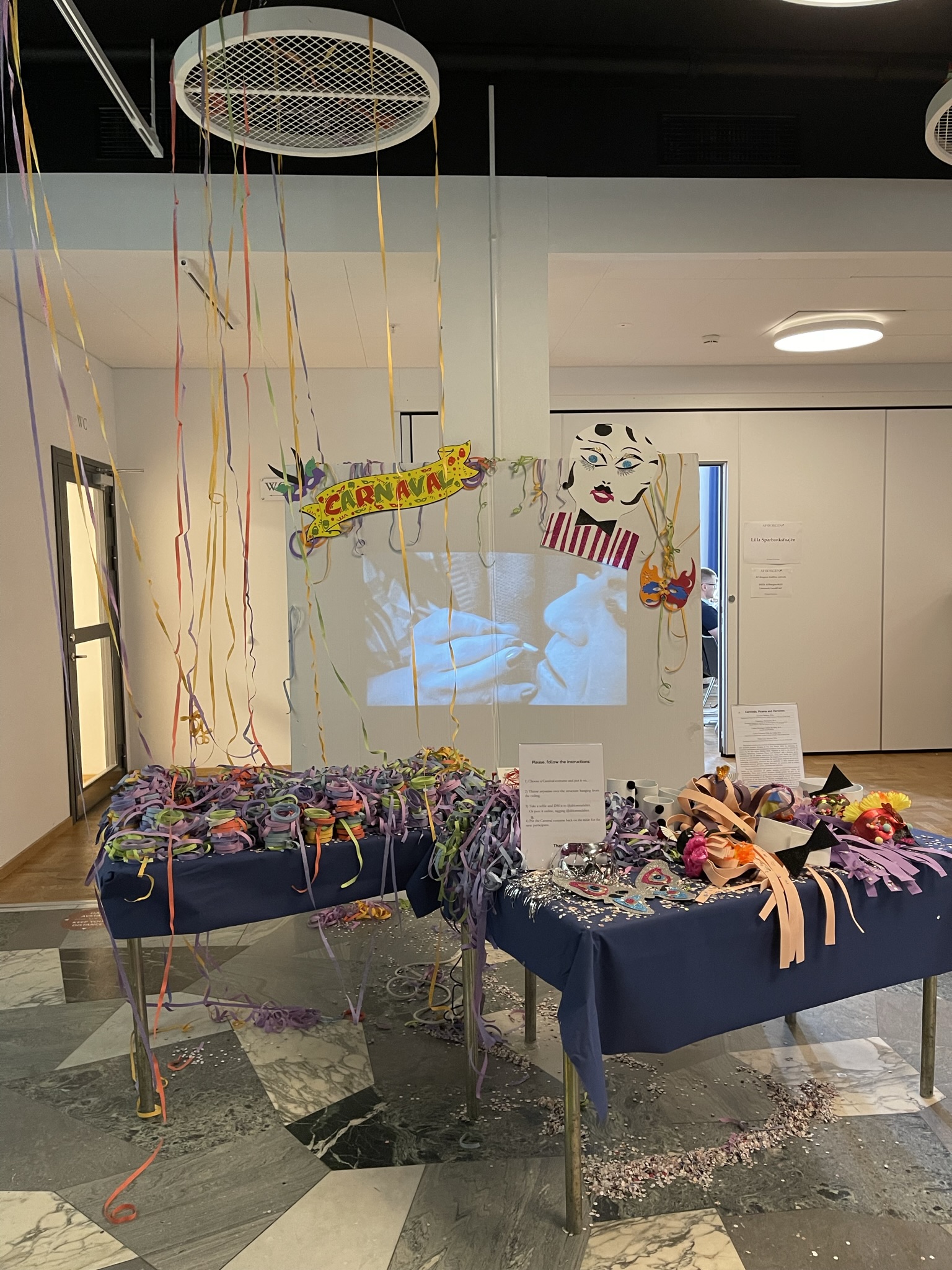
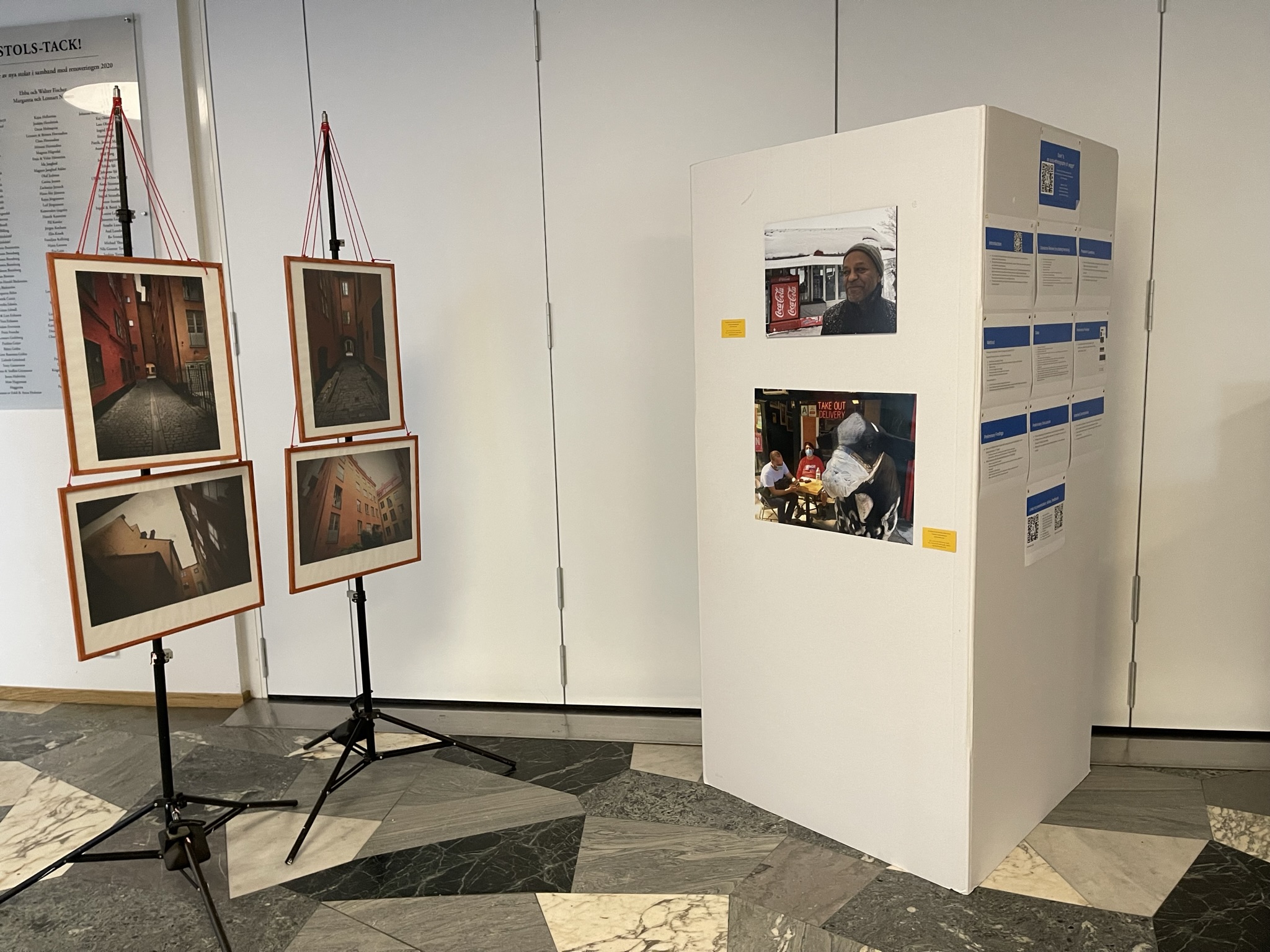
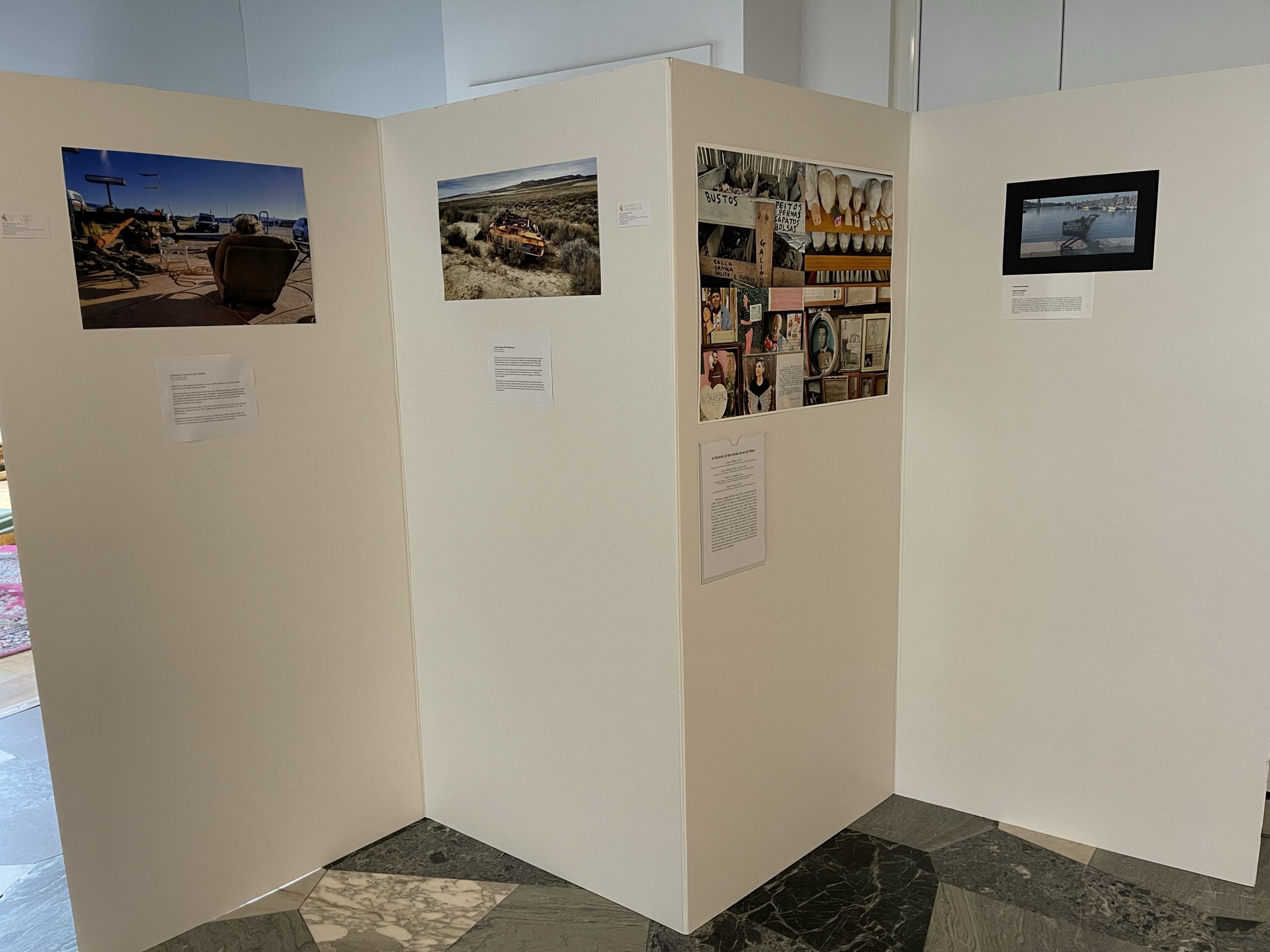
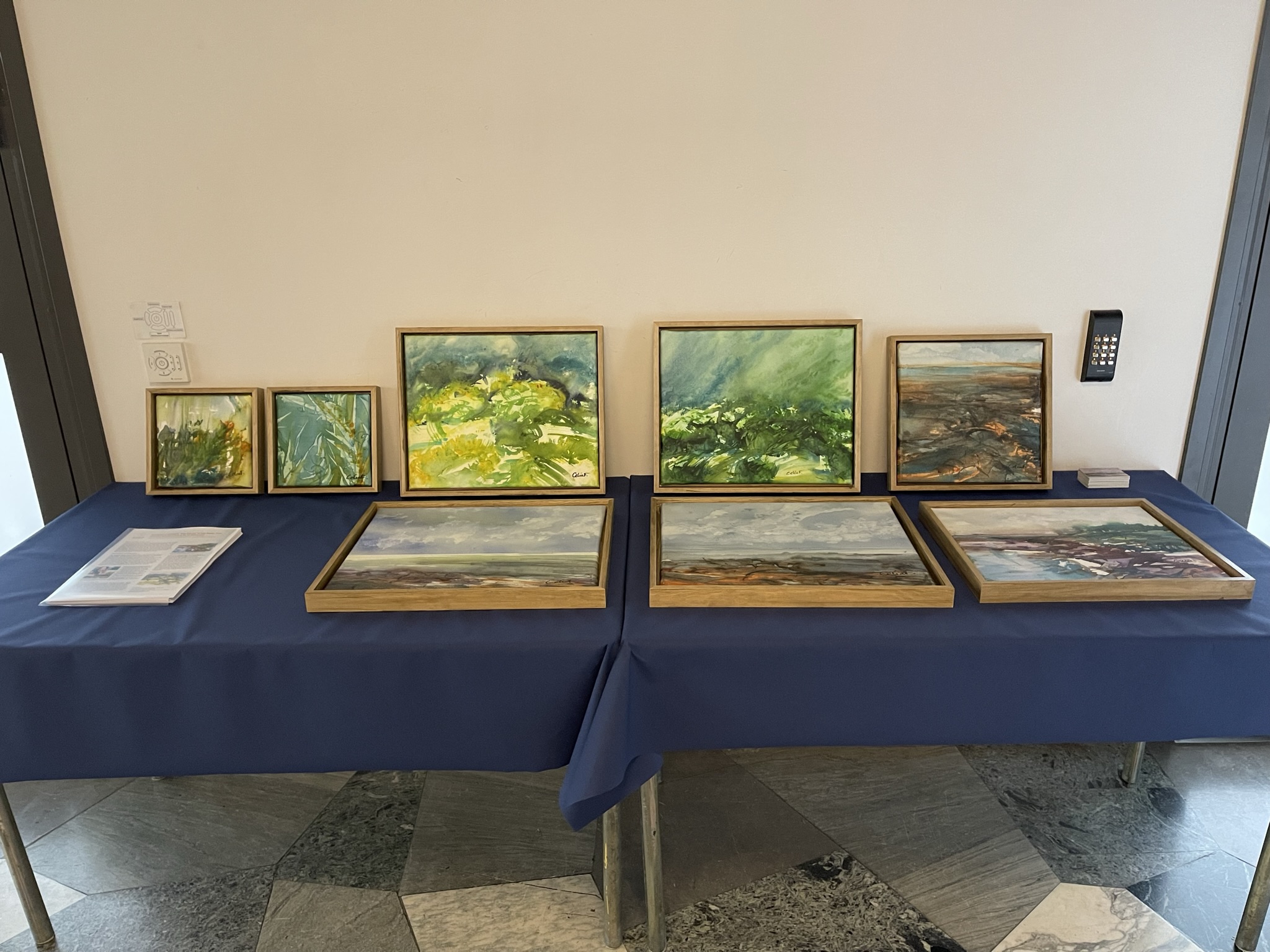
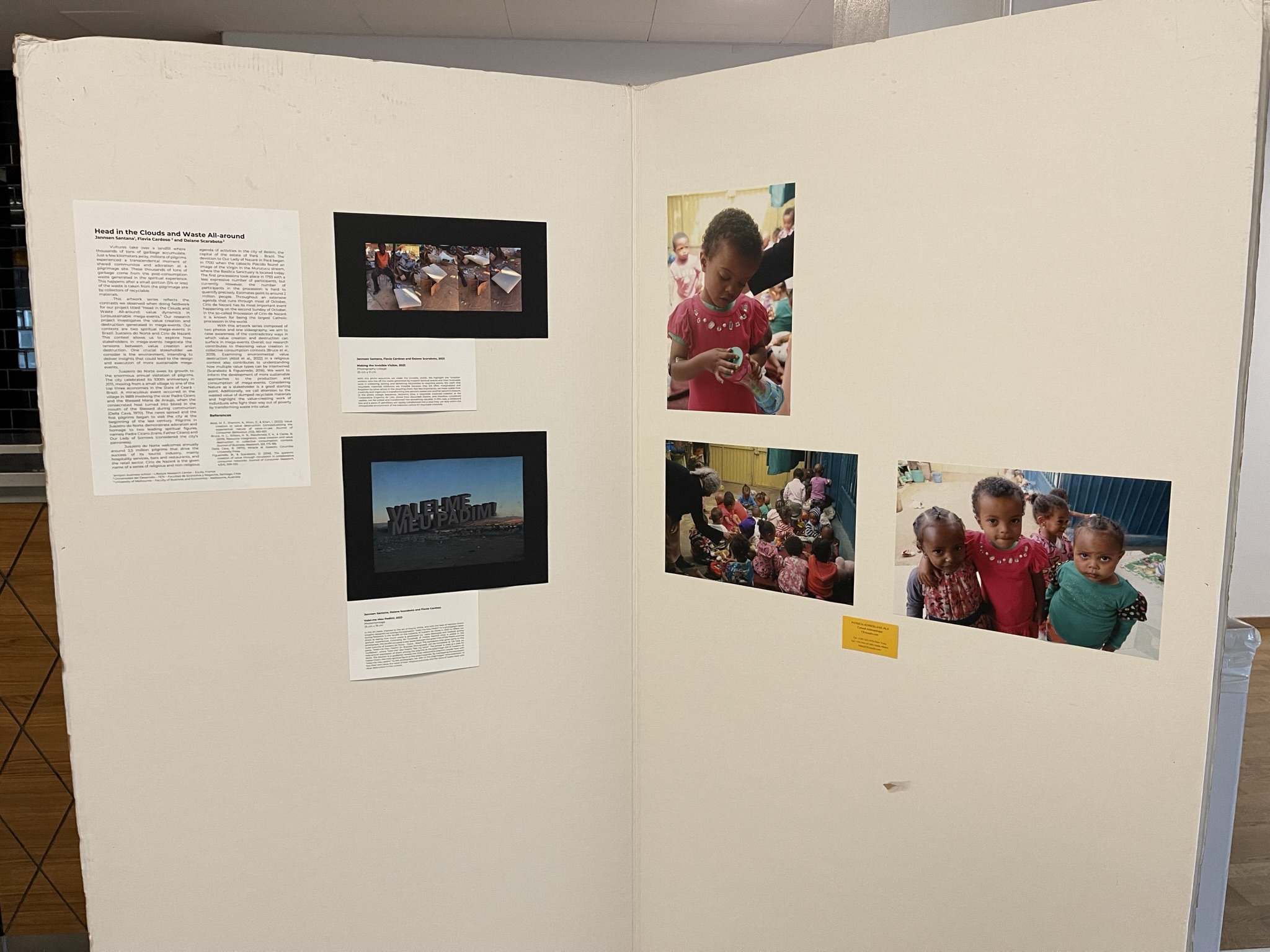
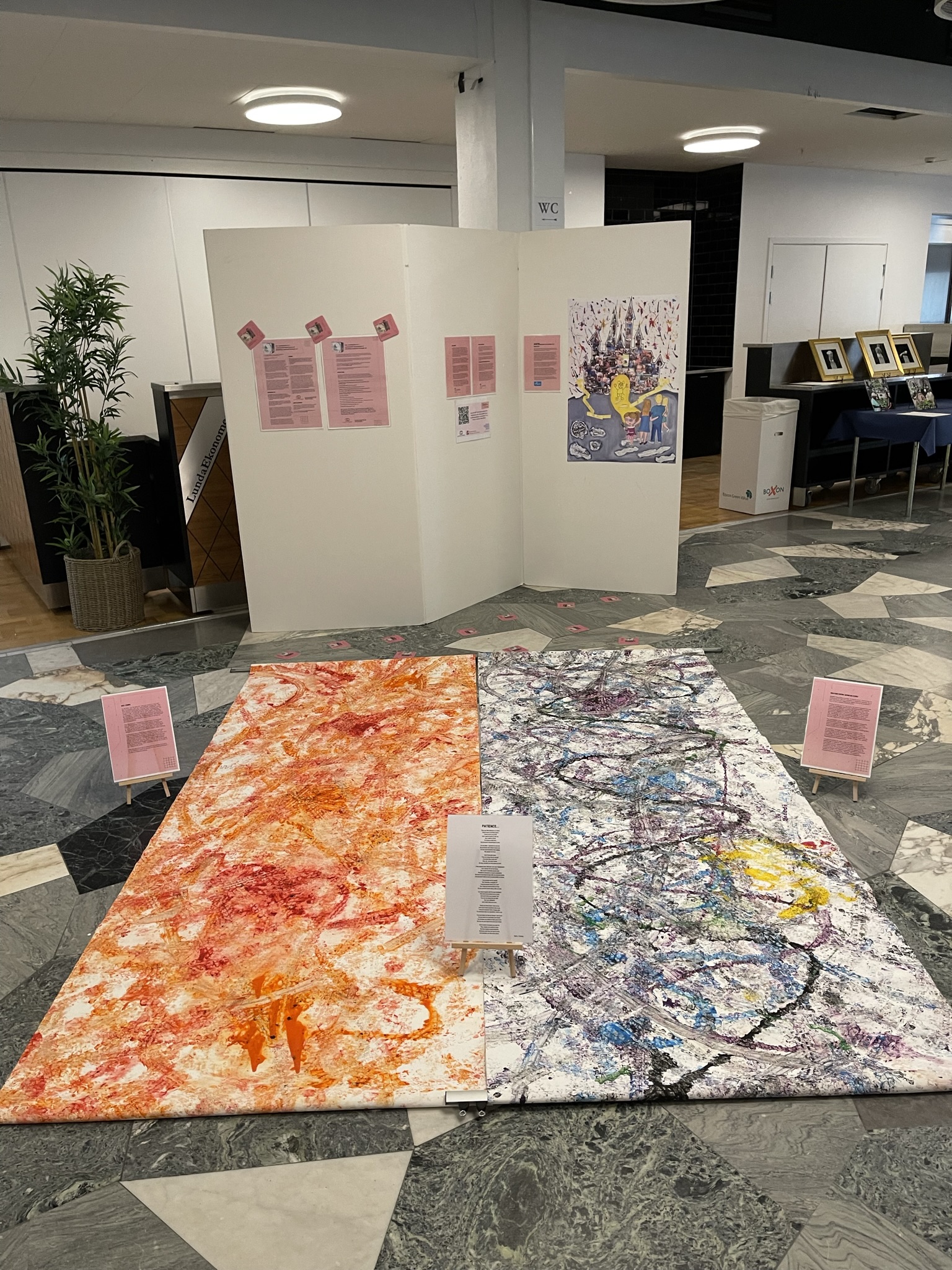
Tattoo and Luxury, by Maurice Patterson and Renata Couto de Oliveira
This triptych of collages renders an alternative perspective on luxury that holds Gell’s (1999) technology of enchantment as its main vector. Although the concept of luxury has routinely been apprehended through aesthetic logic and traditional craftsmanship, its current profile bears little resemblance to the image that inhabits the social imaginary.
Continuing Practices with Modern Masks, by Renata Couto de Oliveira
In line with critical studies on whiteness, we argue that consumption practices reproduce a symbolically violent and naturalized culture reflecting problems that “everyday racism [is] not only the restaging of a colonial past, but also […] a traumatic reality, which has been neglected” (Kilomba, 2019: 13).
Consuming space, consuming sky, by Jens Martin Svendsen
Text and pictures in combination, each presumed to be of equal significance, a multi-modal one-piece expression.
The text is a circular composition. The pictures are composed around a vanishing point
This is a free extension my work on criminal’s consumption and how that relates to non-criminal’s consumption.
SEAWEED MAGICS, by Cecilia Fredriksson
SEAWEED MAGICS is a part of my research on seaweed as utopian aquaculture phenomenon. As a watercolorist I get close to the seaweed by painting myself into an area of ambience. My watercolor sketchbook is a memory object for ethnographic experiences and it creates connections between words and images.
Making the invisible, visible, by Jannsen Santana, Flavia Cardoso and Daiane Scaraboto
With this photo sequence, we make the invisible, visible. We bring to light the “invisible” workers who live off the waste generated by massive spiritual events and their invaluable work in collecting, sorting and delivering recyclables to recycling plants. We also make visible their creativity in transforming waste into treasure.
Valei-me meu Padim!, by Jannsen Santana, Daiane Scaraboto and Flavia Cardoso
“Valei-me meu Padim” (trans. ‘Oh help us, Godfather!’) is a plea for help and an expression of shock among the pilgrims in Juazeiro do Norte. Inspired by Wayne White’s art, we show our shock at seeing how much waste is generated during spiritual experiences and ends up in dumping grounds.
The Marketplace and I: Commercial Experiences of Disability Explored through Art, by Leighanne Higgins and Killian O’Leary
The Marketplace and I: Commercial Experiences of Disability explored through Art challenges uncovers the commercial experiences and interactions of disabled consumers. The artworks raise awareness of the role the marketplace plays in both alleviating and perpetuating exclusion within the marketplace for this valuable yet often overlooked segment.
Iconic Purging, by Jannsen Santana
Purging. Noun. The act of getting rid of something unwanted, harmful, or evil. Iconic Purging. An iconic artifact of the consumer culture, the shopping cart, is purged by the waters of the Vieux-Port in Marseille – France, on January 03, 2022. The nature and the Market. Can they coexist?
Carnivals, Picaras and Heroines, by Luciana Walther, Francisco Alessandri, Carlos Henrique Chaves da Silva, Carlos Eduardo Felix da Costa and Pablo Luiz Martins
This project combines the methods of fiction as research practice and art-based research, by proposing a live performance and a companion installation, both inspired by a short story that tells a feminist, queer, intersectional tale of identity transformations, taking place during one Carnival evening in a small Brazilian touristic town.
A Portrait of the Artist as an “Ex-Voto”, by Luciana Walther, Francisco Alessandri, Carlos Eduardo Felix da Costa and John Schouten
This photo collage compares the grateful relationship research participants displayed towards the social entrepreneur who changed their lives and the gratitude expressed by Brazilian Catholic pilgrims in the form of votive offerings, the “ex-votos”. It shows an a-ha moment typical of art-based research, when fieldwork and visual metaphor come together.
Head in the Clouds and Waste All-around, by Jannsen Santana, Flavia Cardoso and Daiane Scaraboto
In this short film, we depict the value creation and destruction that happen around large-scale events such as the processions of Círio de Nazaré – Brazil. Pilgrims derive spiritual value from this transcendental experience. Yet, large-scale events can lead to environmental value destruction, mainly by generating tons of post-consumption waste.
Creating Utopia in the Rubble, by Eric Krszjzaniek
Extractive industries promise jobs and wealth for a time in Wyoming’s mining towns, but after a while, the opportunities leave, and so do the people. Most of them, anyhow. Formerly prosperous towns dot the high plains, offering no jobs and no prosperity, so why do some remain?
At the Edge of Wilderness, by Eric Krszjzaniek
This image was taken at the edge of a Wilderness Study Area outside of Rock Springs, Wyoming. Transforming space into the heterotopic place of Wilderness is a contentious debate in the United States. Many consumers believe they are denied the benefits of the space by this designation.
Doin it: An Auto-Ethnography of Seggs, by Katherine Sredl
In this performance, the audience experience of the presentation is central to auto-ethnography. I explore Tinder as a dialectic utopia/dystopia. I use introspection as a research tool to call for further research on the role of affect in the utopias and dystopias of sex and digital culture.
NYC Cow, by Patricia Sunderland
In fall of 2020, NYC was reeling from the pandemic ravages of Spring 2020. Sidewalks became everyday sites of consumption. Here, a butcher shop owner, socializing and seated in the red shirt outside his store, has also added a bit of levity by masking his mascot cow.
Coca Cola in Armenia, by Patricia Sunderland
On the site of Armenia’s historic pre-Christian Temple of Garni, does the snow on a dark face furnish the surprise or is it the embedding of Coco-Cola coolers in nature? What are the symbolic constellations of assumptions we bring to our viewing of this particular photograph as well as others?
Addis Ababa Day Care, by Patricia Sunderland
Created at Mulufiker Daycare in Addis Ababa, Ethiopia in 2017, the photographs and video help to demonstrate the physical closeness among the children and teachers and the degree and forms of sharing that were tolerated and encouraged – from shared space to shared toys to shared food and spoons.

